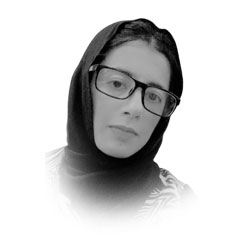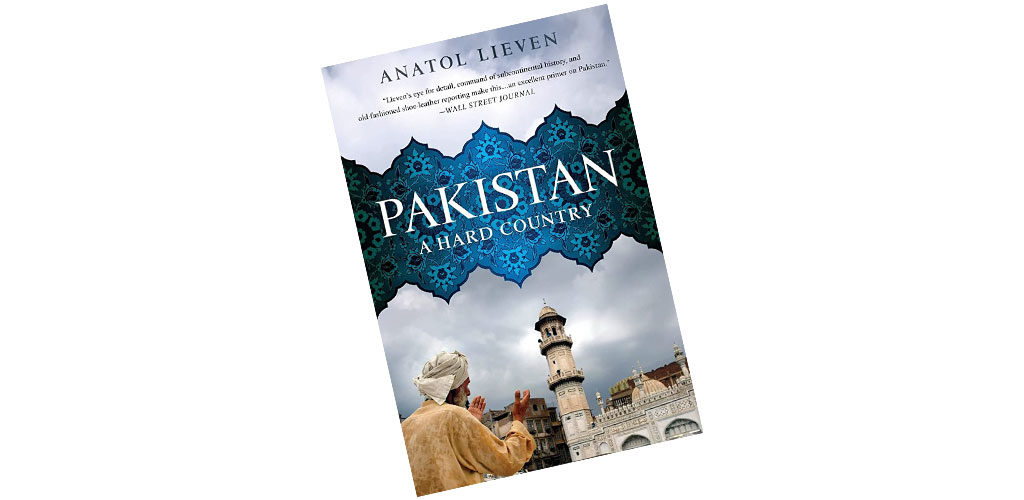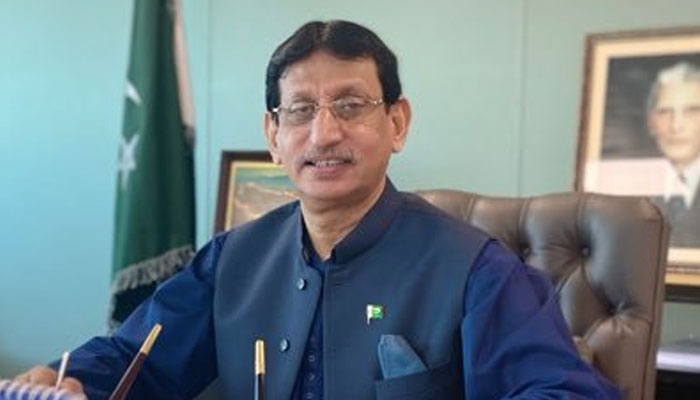Review By: Amna Zaman

“Pakistan: A Hard Country” is written by Anatol Lieven, who is a British author, policy analyst, and journalist (1985-1998). He did his BA and PhD from Cambridge University, England. He is the director of the Eurasia Program at the Quincy Institute for Responsible Statecraft and a member of the advisory committee of the South Asia department of the British Foreign and Commonwealth Office.
His well-researched masterpiece “Pakistan: A Hard Country” was published in 2011, which includes twelve chapters distributed in four parts in which he basically explicates the domestic or internal policies, issues, structures, dynamics and struggle of Pakistan (as its title suggests) rather than external ones. This book elucidates the power and political society of Pakistan in depth.
Part I: “Land, People and History” analyzes historical development of Pakistan in pre- and post-independence period. This part includes two chapters. Chapter 1 is about the introduction and understanding of the internal affairs and dynamics of Pakistan. In this chapter, Author explicates the nature of Pakistan as disorganized, divided, economically backward, violent, corrupt and unjust and in many ways, tough and resilient as a state and a society. The National Finance Commission Award of 2010 demonstrated that Pakistan’s democracy, its federalism and political process retain a measure of flexibility, compromise and vitality. Pakistan will survive as a state, despite of separation of East Pakistan in 1971 and failing a catastrophic overspill of the war in Afghanistan. Pakistan has a core geographical unity and logic. According to him, the political fact is that a state is weak (whoever claims to lead it), whereas society in its diverse kinds is strong. Chapter 2 focuses on the struggle of Muslims of South Asia, how their struggle shaped their future, how Pakistan emerged as a separate independent state and the governmental failure (both civilian and military) that resulted from internal weaknesses of the State.
Part II: “Structures” includes four chapters in which the author elucidates the diverse aspects of power and structures in Pakistan; Justice, Religion, the Military and Politics respectively. Chapter 3 of this part mainly highlights the features of the Judicial system of Pakistan (though derived from British), the biases it inherits against the weak and poor, the nature and role of this system in the State and how competition of judicial codes hinders the development of the State. Chapter 4 focuses on role of religion, as Islam became state religion in 1973’s Constitution, how it prevented extremism and the different traditions it contains in the State. Chapter 5 explicates the role of the military (in both the defense and politics of Pakistan), its composition, functioning and influence in Pakistan.
Part III: “Provinces” branches out into different provinces of Pakistan; Punjab, Sindh, Balochistan and Khyber Pakhtunkhwa, along with diversity of the State. Chapter 6 basically highlights different political parties, their role and their politics, the role played by media in the State. At one place, author highlighted the general image of Pakistan’s political system portrayed by Western as well as national analysts that Pakistan’s political system is two-faced:
- It is bad for the overall economic development of the State.
- It creates obstacles to revolutionary changes.
Chapter 7 elucidates the characteristics of the biggest province of Pakistan with respect to population; Punjab, its history, regions, the impact of politics and its regional importance. Chapter 8 highlights the insecurity in the provincial capital of Sindh and the largest city of Pakistan; Karachi. He further emphasizes the history of Sindh in pre- and post-independence period, role of ethnicity, politics, social order and traditional systems in this feudal dominated province. Chapter 9 spotlights the characteristics of Balochistan; the largest province of Pakistan with respect to area and the smallest province with respect to population; highly enriched in mineral and energy resources, its strategic importance, ethnicity, tribalism and role in development of Pakistan and vice versa. It has both disputed history as well as population. Author has criticized the role played by State towards Balochistan that resulted into insurgency due to marginalization and exploitation of resources and benefits of this region by Punjab dominant Federal government over the local tribal population. Chapter 10 emphasizes the aspects of the Pathans, the people having proud history of independence, their traditional systems, nationalism, ethnic pride and political cultures.
Part IV: “Taliban” has two chapters in which author mainly explicates the roles of the Taliban; their rebellion and defeat. Chapter 11 illustrates the Pakistani Taliban’s nature, lineage, and support by the Pakistani government towards them. Chapter 12 mainly emphasizes the turbulence created by Taliban in some areas of Pakistan and their defeat, the role of public opinion, the part played by political parties, army and the police in defeat of threat that militants would push the Pakistan towards collapse by 2010.
Author has briefly concluded his two decades research by saying that Pakistan, a deeply troubled and a tough state, is likely to survive as a country despite many threats. Ecological change is a major threat to Pakistan rather than insurgency. Whatever policy Afghanistan adopts will influence Pakistan to a larger extent as more than half of the Pathan ethnicity lives in Pakistan, who maintain strong interest in their neighboring Afghan Pathans across the Durand Line. USA should use Pakistan as a mediator to enhance peace talks with Taliban to reach a settlement rather than by using force. Pakistan, being neighbor, can play prominent role in negotiations and West should recognize the legitimate goals of Pakistan in Afghanistan.
The author has criticized the intervention of ground forces of the USA in FATA (Federally Administered Tribal Areas) as this will escalate mutiny in Pakistan. The US should limit Indian involvement in Afghanistan and West should play part in order to resolve the Kashmir dispute and needs to adopt a generous attitude to assist Pakistan. Furthermore, he emphasized on cooperation between US and China for safeguarding Pakistan’s survival at regional level. Author has tried to anticipate the future of South Asia and standing of Pakistan in World’s Politics.
Lieven has given a perspicacious prospect of Pakistan, encompassing its cohesiveness and dysfunctionality simultaneously. He provides historical analysis, anthropological investigation, and deep analysis of its internal dynamics, structures, issues, and outcomes. Additionally, he delves into the political structures and culture, demographic swathes, history, religious traditions, and regions, striving to cover almost all aspects of Pakistani society. The author also accentuates the influence of climate change and global warming, emphasizing the ecological catastrophe by highlighting the floods of 2010. These floods devastated the state’s systems, damaged infrastructure, decimated agriculture and livestock, and resulted in a substantial loss of lives. Lieven adopts an analytical approach, traveling across the state and utilizing empirical resources to incorporate the voices of politicians, intelligence officers, bureaucrats, intellectuals, religious personalities, soldiers, and common people.
The author is currently acquiring BS in International Relations at the School of Politics & International Relations, Quaid-e-Azam University, Islamabad. She tweets at @_Amna_Zaman_


